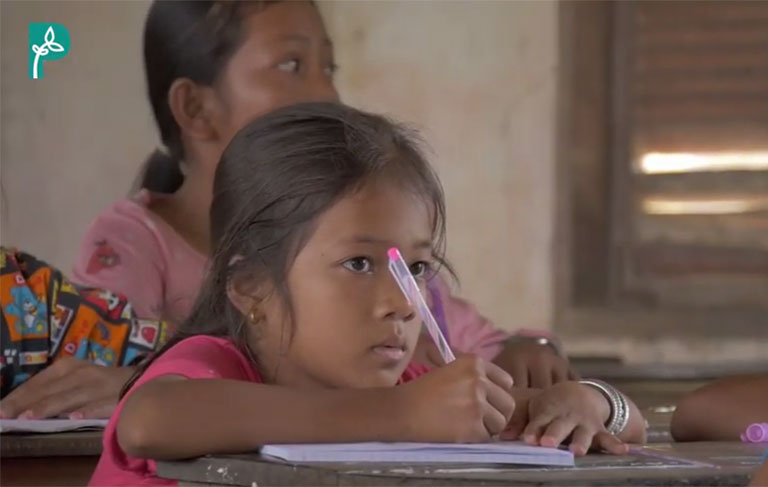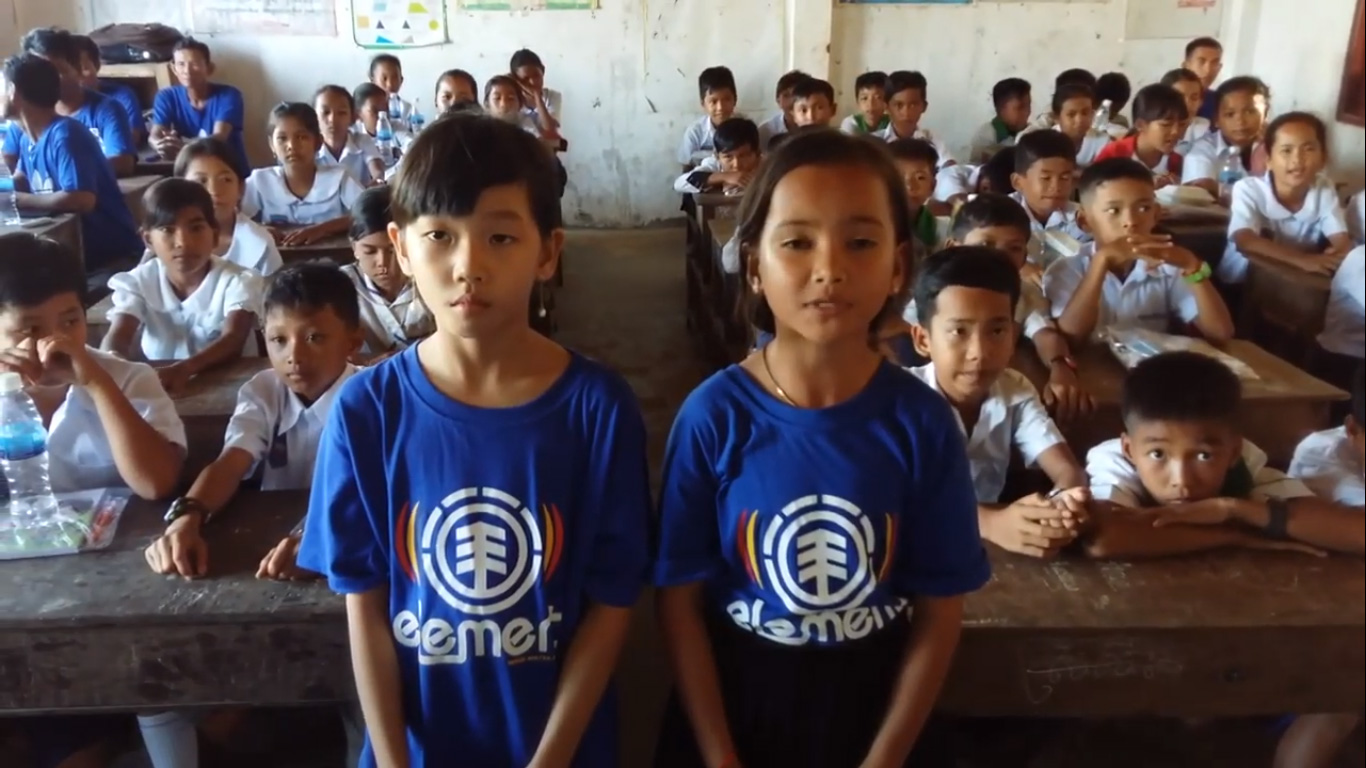“Highly Hazardous Pesticides means pesticides that are acknowledged to present particularly high levels of acute or chronic hazards to health or environment according to internationally accepted classification systems such as WHO or GHS or their listing in relevant binding international agreements or conventions. In addition, pesticides that appear to cause severe or irreversible harm to health or the environment under conditions of use in a country may be considered to be and treated as highly hazardous”. (Definition as per International Code of Conduct on Pesticide Management, adopted by FAO and WHO in 2013). A considerable proportion of the pesticides still being used in the world can be considered highly hazardous, because they have a high acute toxicity, have known chronic toxic effects even at very low exposure levels, or are very persistent in the environment or in organisms, for example. Highly hazardous pesticides (HHPs) pose significant risks to human health or the environment.



